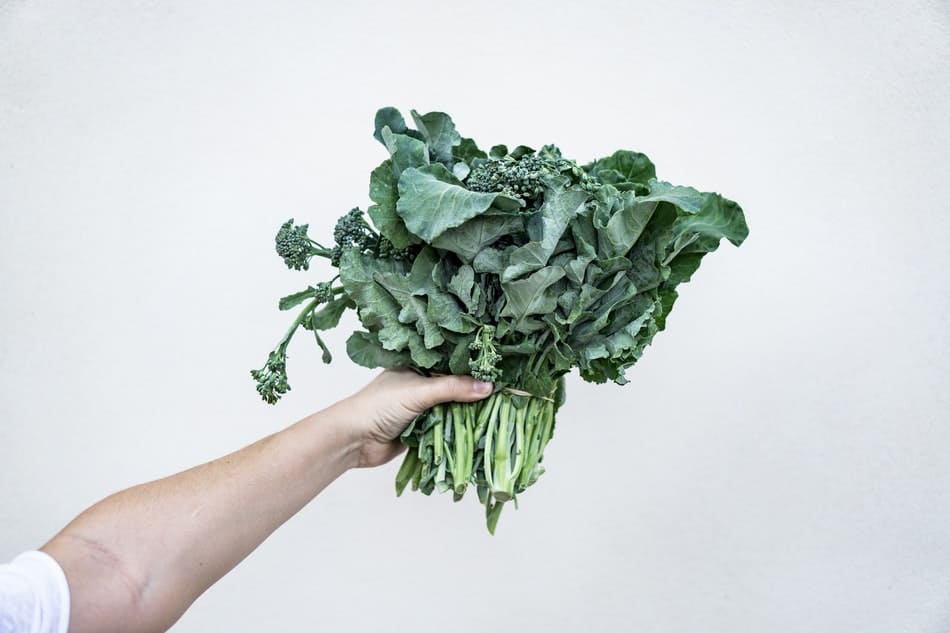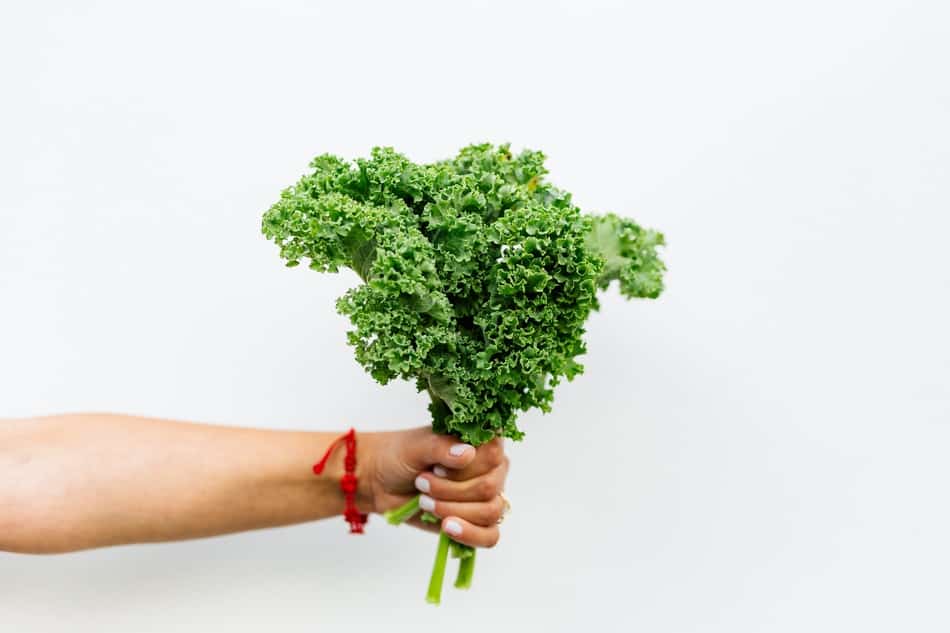Do you want to learn how to grow kale microgreens? They are a delicious and nutritious addition to any meal, and they are really easy to grow! In this article, I will discuss the best way to grow kale micro greens, as well as some of the benefits of eating them.
Kale microgreens are a type of leafy green vegetable. Kale microgreens can be grown indoors or outdoors, and are easy to care for. With proper care, kale microgreens can provide a bountiful harvest.
Equipment Needed to Grow Kale Microgreens-
To grow kale microgreens, you will need the following supplies:
- Trays or shallow containers
- Potting mix
- Kale seeds
- Water
– A sunny windowsill or grow light (if you don’t have a sunny spot)
That’s it! With just these few things, you can start growing your own healthy and delicious kale microgreens.

How To Grow Kale Microgreens
Once you have your supplies, simply follow these instructions:
- Fill your container with potting soil and moisten it with water. Place the kale seeds on top of the soil and lightly press them into the surface.
- Cover the container with plastic wrap or a lid to create a humid environment for germination.
- Place the container in a warm location and wait for the seeds to sprout.
- Once the seeds have germinated, remove the lid or plastic wrap and place the container in a well-lit area.
- Water the microgreens regularly and fertilize them every two weeks. Harvest your kale microgreens when they are about four inches tall.
Kale microgreens are a nutritious and flavorful addition to salads, sandwiches, soups, and more. They can also be juiced or blended into smoothies. Give them a try in your kitchen today!
If you don’t have time to grow your kale microgreens, you can find them at most health food stores or online retailers. Look for organic greens that were grown in pesticide-free soil.

How To Fertilize Microgreens
Microgreens are a type of vegetable that is harvested when the plant is young. They are typically less than four inches tall and are grown from the seeds of vegetables, herbs, or other plants. Microgreens are popular among chefs and home cooks because they have a more intense flavor than mature greens.
To fertilize microgreens, you will need to use a fertilizer that is high in nitrogen. A good rule of thumb is to use a fertilizer that has an N-P-K ratio of at least 20-20-20. You can find this type of fertilizer at your local garden center or nursery.
When applying fertilizer to your microgreen plants, be sure to follow the instructions on the package. Over-fertilizing can damage the plants and make them more susceptible to pests and diseases.
If you are growing microgreens indoors, you will need to fertilize them more often than if you were growing them outdoors. This is because indoor plants typically have a higher nitrogen demand than outdoor plants. A good rule of thumb is to fertilize your microgreen plants every two weeks.
Benefits Of Eating Kale
Kale is a nutrient-rich leafy green vegetable that belongs to the cabbage family. It is an excellent source of vitamins A, C, and K, and a good source of magnesium, iron, and calcium. Here are five benefits of eating kale:
- Kale is packed with antioxidants: Antioxidants are important nutrients that help protect your cells from damage. They scavenge harmful molecules called free radicals, which can contribute to chronic diseases like cancer.
- Kale is a great source of vitamins and minerals: In addition to being high in antioxidants, kale is also rich in vitamins and minerals. It’s especially high in vitamin A, which is important for vision and immune function, and vitamin C, which helps with wound healing and immunity.
- Kale is anti-inflammatory: Inflammation is a natural process that helps your body heal. However, chronic inflammation can contribute to diseases like arthritis and heart disease. Some research suggests that the antioxidants in kale may help reduce inflammation.
- Kale is good for your skin: The vitamin C in kale helps produce collagen, which is important for maintaining healthy skin. Vitamin A also helps keep your skin looking smooth and blemish-free.
- Kale is low in calories: One cup of chopped kale contains only 33 calories, making it a great food to include in a weight-loss diet. It’s also high in fiber, which helps you feel full and satisfied after eating.
If you’re looking for nutrient-rich food to add to your diet, kale is a great option. These five benefits of eating kale show that it’s not only good for you but also delicious and versatile. So go ahead and enjoy some kale today!
What Temperature Does Kale Microgreens Need?
Kale microgreens can withstand a wide range of temperatures, from freezing to hot and humid. However, they will grow best between 60-70 degrees Fahrenheit. If the temperature gets too hot or cold, the kale microgreens will start to bolt (go to seed).
When growing kale microgreens indoors, you can use a heat mat to keep the soil warm. I like to put my heat mat on top of my refrigerator because it’s out of the way and doesn’t take up much space. You can also use a grow light to supplement the light that your kale microgreens need. I have found that using a combination of both a heat mat and grow light works best for me.
How Long Do Kale Microgreens Take to Grow?
If you’re planning on growing kale microgreens, you’ll be happy to know that they don’t take very long to grow. Most types of kale microgreens will be ready to harvest in just two to three weeks.
So, if you’re looking for a quick and easy way to add some extra nutrition to your diet, kale microgreens are a great option. Plus, they’re incredibly versatile and can be used in all sorts of recipes.
Final Words
Kale microgreens are a nutritious and delicious way to add some greens to your diet. They are easy to grow and can be used in many different recipes. By following the tips in this article, you will be able to successfully grow kale microgreens in your home. Give it a try today!
If you have never grown kale microgreens before, then I highly recommend that you give it a try. You won’t regret it! Thanks for reading and happy growing! 🙂
Related Articles

